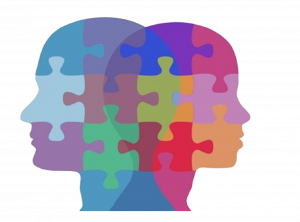
There are many treatments for body image distress and eating disorders. For example, cognitive-behavioural therapy is considered by many to be the current gold standard for treating eating disorders and aims to change problematic thoughts by challenging their validity and exposing individuals to disconfirming evidence (e.g., with mirrors or videos). However, there is a high dropout rate and not everyone gets better. As such, studies must continue to investigate effective therapeutic approaches.
Select Publications
Mills, J. S., Poulin, L. E., & Kirsh, G. (2023). Comparison of MI-oriented versus CBT-oriented adjunctive treatments: impacts on therapeutic alliance and patient engagement during hospital treatment for an eating disorder. Journal of Eating Disorders, 11(1), 98. https://doi.org/10.1186/s40337-023-00818-8
Gobin, K.C., Mills, J.S., & McComb, S.E. (2022). Testing a self-compassion micro-intervention before appearance-based social media use: Implications for body image. Body Image, 40, 200-206. DOI: 10.1016/j.bodyim.2021.12.011
Taube-Schiff, M., Mehak, A., Ferreira, N., Kalim, A., Ungar, T., & Mills, J.S. (2018). Treatment within an adult mental health day program: Examining psychosocial outcomes. Journal of Nervous and Mental Disorders, 206, 562–566. DOI: 10.1097/NMD.0000000000000847
Vella-Zarb, R., Mills, J.S., Westra, H., Carter, J.C., & Keating, L. (2015). A randomized controlled trial of motivational interviewing for binge eating. International Journal of Eating Disorders, 48, 328-332. DOI: 10.1002/eat.22242.
[Image retrieved from Kisspgn]

